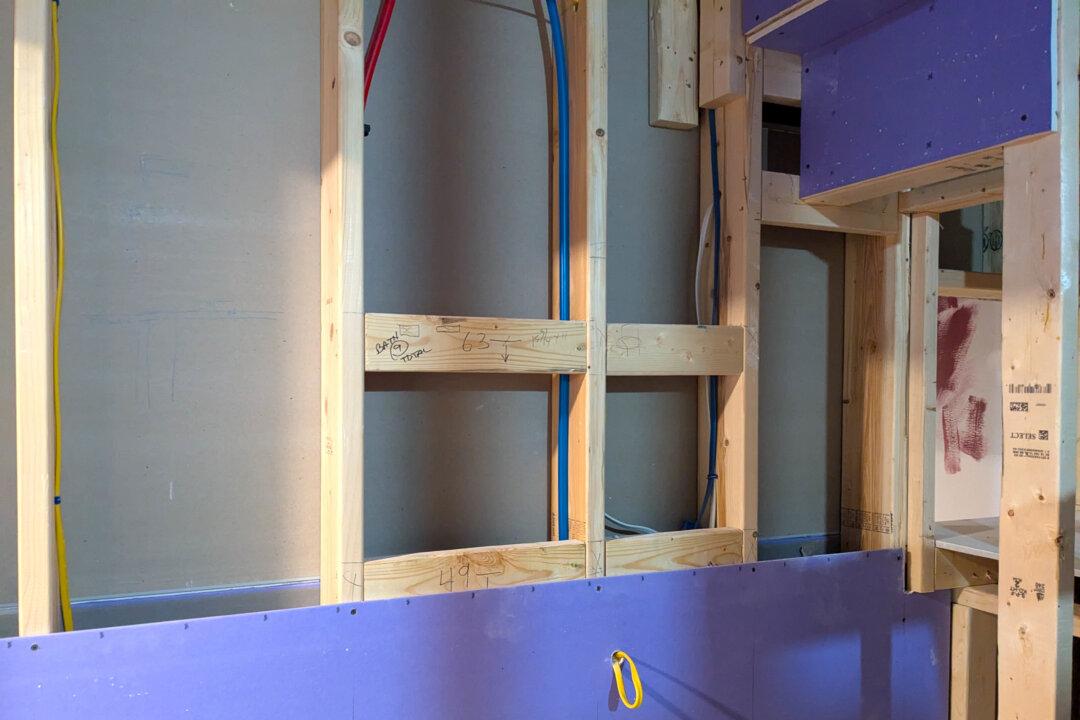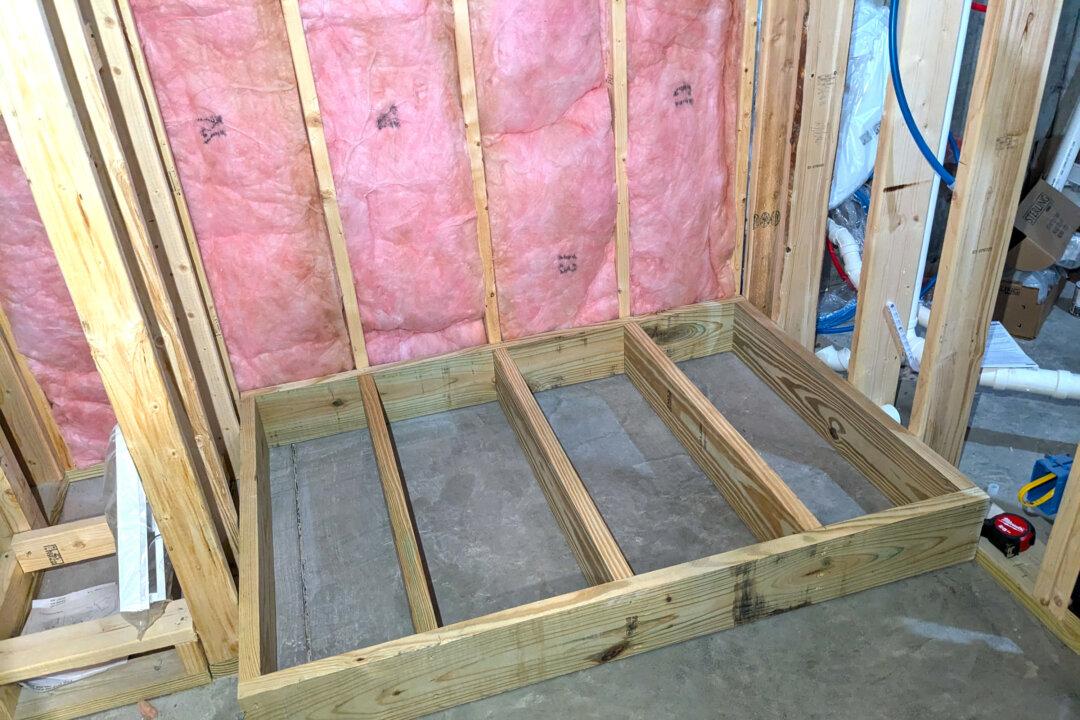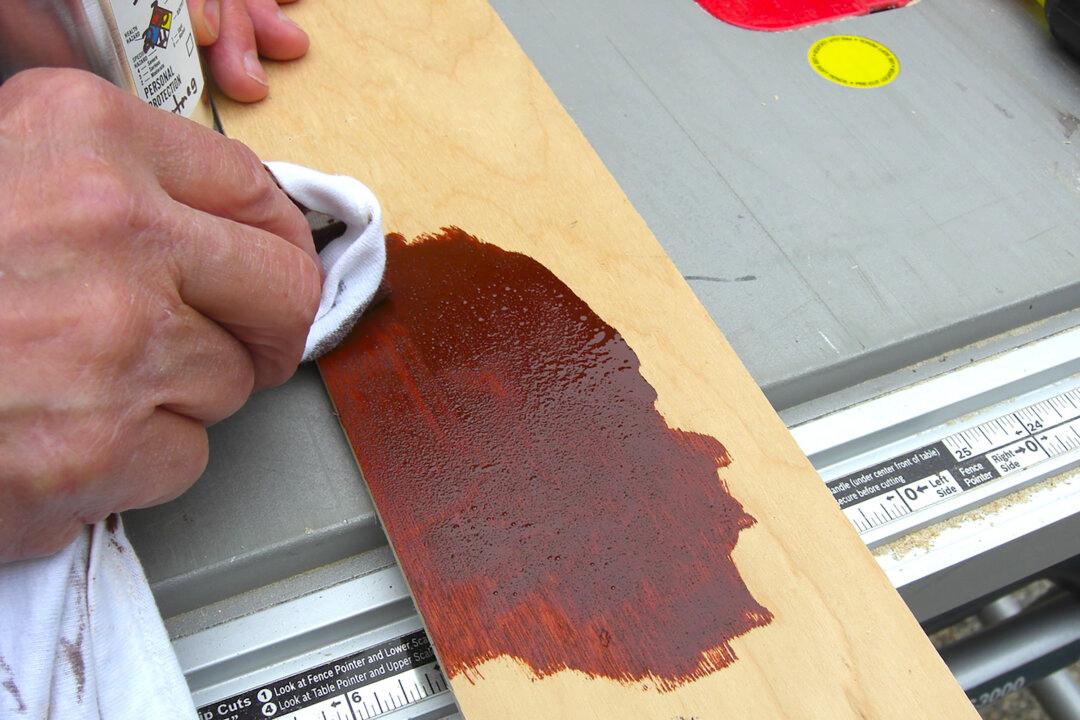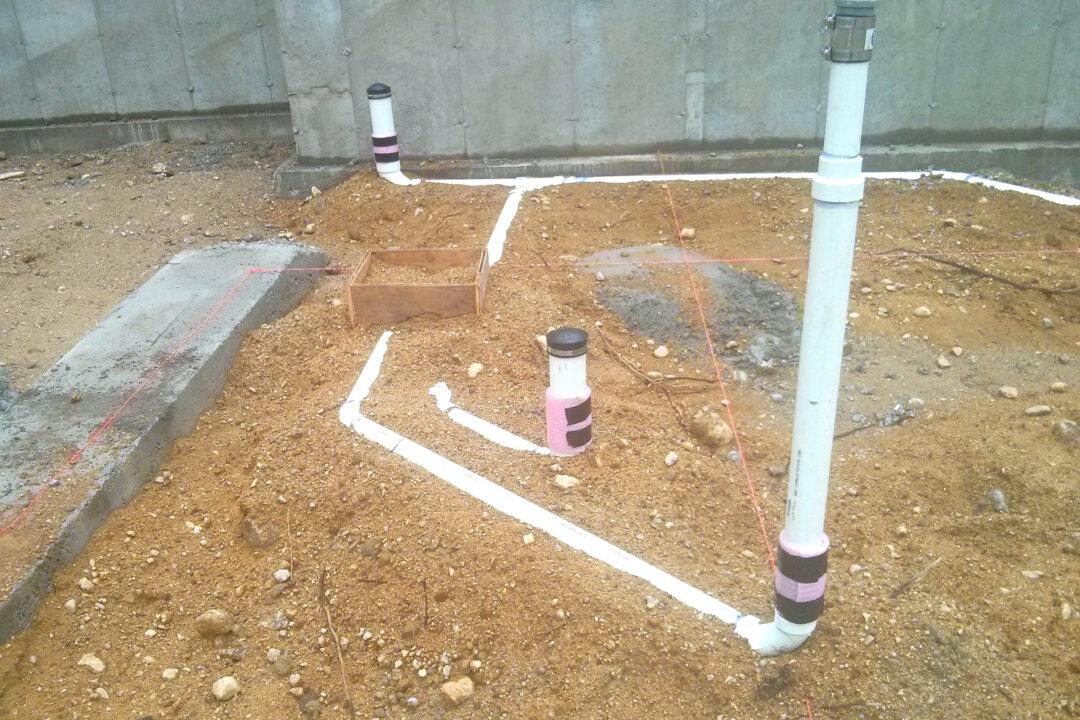Several months ago, a pesky mouse caused a small water leak in a PEX water line that supplied water to a second-floor bathroom in my home. A new hump in our master bedroom hardwood floor foreshadowed what I’d discover hours later at dawn.
By then, the water had leaked to a basement bedroom as well. The water ruined the hardwood floor in the first-floor master bedroom and warped a plywood-based tongue and groove floor in the basement my lovely wife uses as a plant conservatory. Suffice it to say, both floors had to be replaced.
My wife asked if there was a waterproof floor that looked like real wood that could be used in the basement room. She didn’t want to worry about spilling water as she watered the countless orchids she grows in the room. I told her that we should give luxury vinyl plank (LVP) a serious look. Technology has advanced to such a degree as the average person can’t tell the difference between real wood and high-quality LVP that mimics wood.
Vinyl flooring is now approaching its 100th anniversary. I clearly remember helping my Dad install 12-inch squares of vinyl tile in what used to be the garage of my childhood home in 1961. The 1960s time period was the first golden age of vinyl tile, as countless millions of square feet of vinyl composition tile (VCT) were installed in houses and businesses all across the world. I believe we’ve entered the second golden period of vinyl flooring with the dazzling LVP flooring choices.
If you start to research LVP, you’ll quickly discover it’s nothing like the VCT tiles of old. Those tiles were solid in color all the way through the product. Modern LVP is more like a layer cake. There are several layers of materials that create the actual plank or tile.
The product my bride and I decided on was a high-quality one that has a 20-mil thick wear layer. It’s a medium-brown color that is extremely close to the red oak hardwood floors we had in the last home I built for my family.
The wear layer is the thin top surface you walk on. It’s not uncommon for these layers to range anywhere from 6 to 40 mils. Thicker wear layers are better. As with anything, you can keep the LVP looking like new by keeping it clean and free from grit.
Installing LVP flooring is extremely simple. The one I chose is a floating floor. This means there’s no glue or adhesive required. The planks just lay on the floor, and their combined weight and the fact they all interlock prevent them from moving when walked on.
To have a successful long-term installation, it’s imperative that you read the installation instructions for the LVP you choose to use. I beg you to do this even if you hire a professional to do the job. You want to interview the pro before you sign a contract making sure he will do everything right.
There are several things that must be done when installing LVP. The surface the LVP will lay on needs to be flat. Flat doesn’t mean level. Flat means that the surface is all in the same plane. You can’t have shallow areas or humps. These defects can make it impossible for the pieces to interlock. Hollow spots under the LVP can cause the tongues or grooves to break over time from flexing as you walk on the floor.
You can easily mix and spread floor-leveling compounds to make a floor flat. I used a cement-based product to cure several trouble spots. The product, when mixed with water, resembles cake icing. It’s easy to spread to a feather edge using a drywall broadknife tool.
LVP has a huge expansion/contraction coefficient. This means in gets bigger as it gets warm or hot. As such, you must create a gap around all the edges. Your instructions will tell you how much, depending on the size of the room. Do NOT skip this step. If you fail to install the gap, the LVP flooring will buckle when it gets hot.
Your instructions may call for an underlayment. If so, install it. Be sure the subfloor is free of all debris. Vacuum the existing surface to ensure there’s no grit or chips under the new underlayment.
With no experience whatsoever installing LVP, I was able to install the planks in the room and a closet in less than six hours with no help. Simple cuts were made with a sharp razor knife. You score the LVP several times, just like drywall. and then snap it. I used a simple rubber mallet to pound the side joints so they interlocked.
My wife was astounded at how the new floor looks like real wood. I’m also impressed. Be sure to look at all the different brands to find the most realistic LVP if you want to fool your friends and neighbors!
Dear Readers: We would love to hear from you. What topics would you like to read about? Please send your feedback and tips to [email protected].




